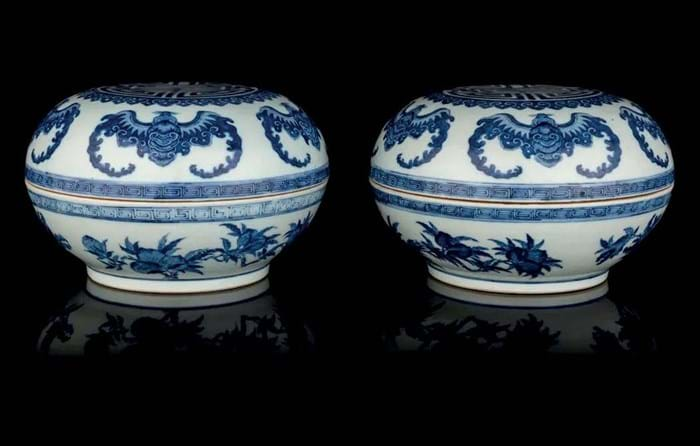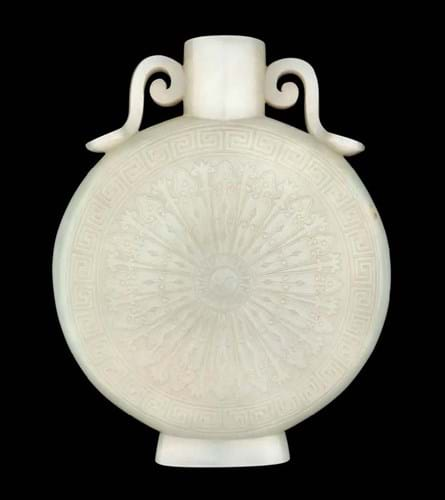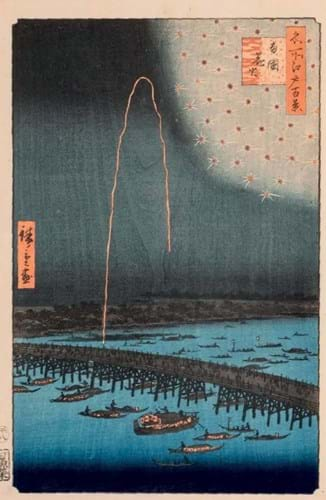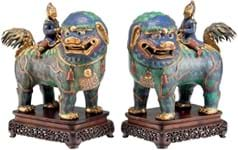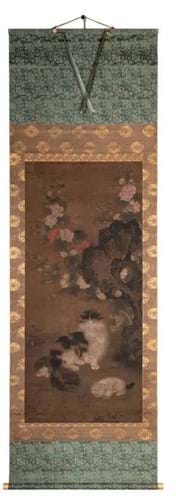
Civets, a hanging scroll signed for the Southern Song artist Mao Yi, $260,000 (£214,500) at Hindman.
Leading Hindman’s (24% buyer’s premium) September 27 Asian Works of Art sale was Civets, an ink and colour on silk hanging scroll signed for the Southern Song (1165- 73) artist Mao Yi.
Measuring 4ft 5in x 2ft (1.35m x 61cm), this image of felines among chrysanthemums came by descent from the estate of Hisazo Nagatani (1905-94), the Japanese-American collector, connoisseur and dealer who managed the famed Yamanaka & Co store on the Magnificent Mile - Chicago’s premier commercial area - until the firm was ordered to cease operations in 1942. Hisazo opened a gallery on North Michigan Avenue selling Asian works of art under his own name in 1944.
This particular scroll is pictured and discussed in a number of scholarly catalogues in the early to mid-20th century (it was exhibited at the Osaka City Museum of Fine Arts in 1938). It has an earlier provenance in Japan to Baron Dan Takuma (1858-1932), a director general of the zaibatsu (family conglomerate) Mitsui, and an inscription from Kano Yasunobu (1614-85), a painter of the Kano school, that appears to confirm it as a work from the Song period.
Estimated at $50,000-$70,000, it hammered for $260,000 (£214,500) in the Chicago auction.
Estimate buster
Appraising Chinese porcelain is not an exact science. It’s why a blue and white bottle vase catalogued as early 20th century and given a guide of $1000-1500 can sell for $100,000 (£82,500), as happened here.
The subject of great speculation in the Windy City was a finely potted 18in (45cm) tianqiuping or ‘heavenly globe vase’ decorated with a fourclawed sinuous dragon. It is a type associated with the Kangxi period (1662-1722). However, the auction house was not alone thinking it was a good copy from the late Qing or the Republican period. It came for sale as ‘property from a Midwestern Institution’.
From the same ‘Midwestern institution’ was a pair of Guangxu (1875-1908) mark and period blue and white covered boxes that sold for $37,500 (£31,000) against an estimate of $8000-12,000.
Each just over 10in (25cm) across, the decorative scheme of a central shou character surrounded by five bats is one that conveys blessings of longevity.
A late Qing pale celadon jade moon flask came for sale from the collection of Christopher and Genevieve McConnell and had been purchased during the 1950-60s from the Gurie Gallery, Montreal. The dealership, the first in the city to focus on Chinese works of art, was opened by the Gurevich family who moved to Canada from Harbin in north-eastern China. Alex Gurevich (1929-90) ran the store from the 1960s sourcing objects through frequent visits to Hong Kong.
Measuring just over 8in (20.5cm) high, this flask was carved to both sides with the central image of a Yin and Yang symbol.
It took $42,500 (£35,000) against a guide of $6000-8000.
Fireworks for Hiroshige
The best Japanese woodblock prints are enjoying a strong moment in the market. Here a copy of Fireworks at Ryogoku Bridge, the 98th and most celebrated image from the One Hundred Famous Views of Edo series by Ando Hiroshige (1797-1858) hammered for $65,000 (£53,500) against an estimate of $6000-8000.
Fireworks were a regular feature of summer evenings on the Sumida River during the Edo period with the entertainment centered at Ryogoku Bridge. Hiroshige’s 1797-1858 version of the scene shows all the elements of the event – the restaurants for dining, the various river craft available for hire and the bridge itself – at a time when its days were numbered.
Created in August 1858, with the arrival of the Meiji revolution, summer fireworks been reduced to a single display at the time of Kawabiriki.
This fine signed and sealed impression was from the collection of the medical science and pharmacology entrepreneur Glen de Vries (1972-2021).



